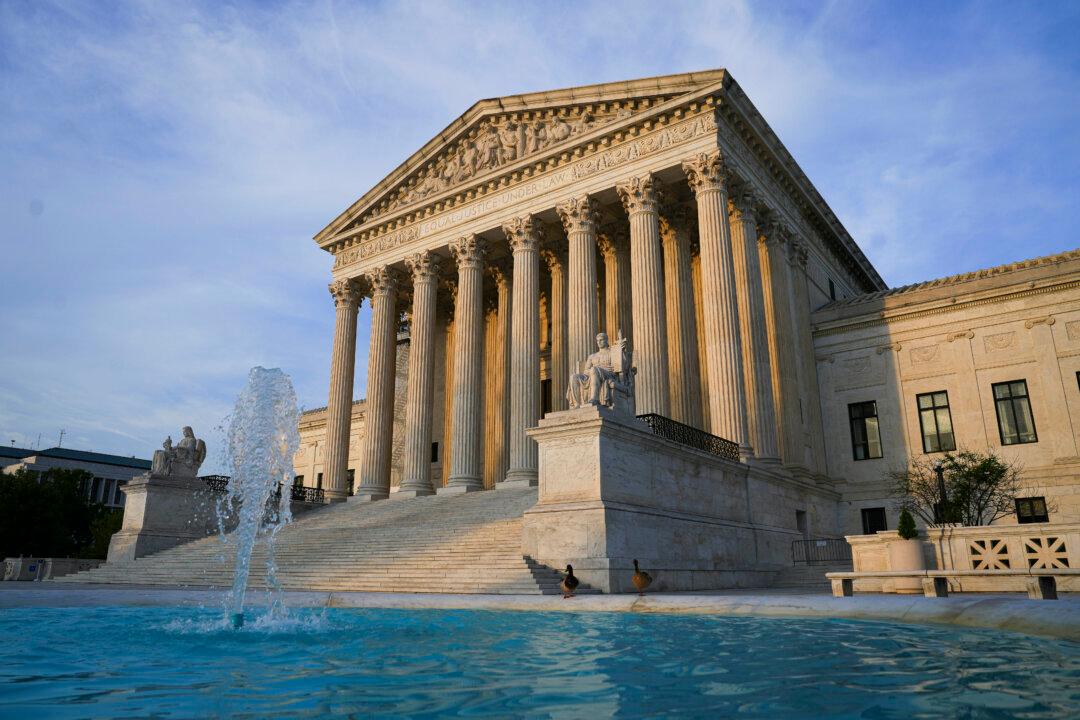The U.S. Supreme Court has delivered a blow to organized labor in the latest ruling, raising concerns among legal experts that the decision will make unions that engage in strikes more vulnerable to lawsuits while others see a more limited effect.
An 8–1 ruling on Thursday authored by conservative Justice Amy Coney Barrett made it easier for companies to sue over strikes that result in property damage. A case known as Glacier Northwest v. International Brotherhood of Teamsters Local 174 involved a strike by the union representing truck drivers at a concrete business owned by Japan-based Taiheiyo Cement Corp in Washington state.




